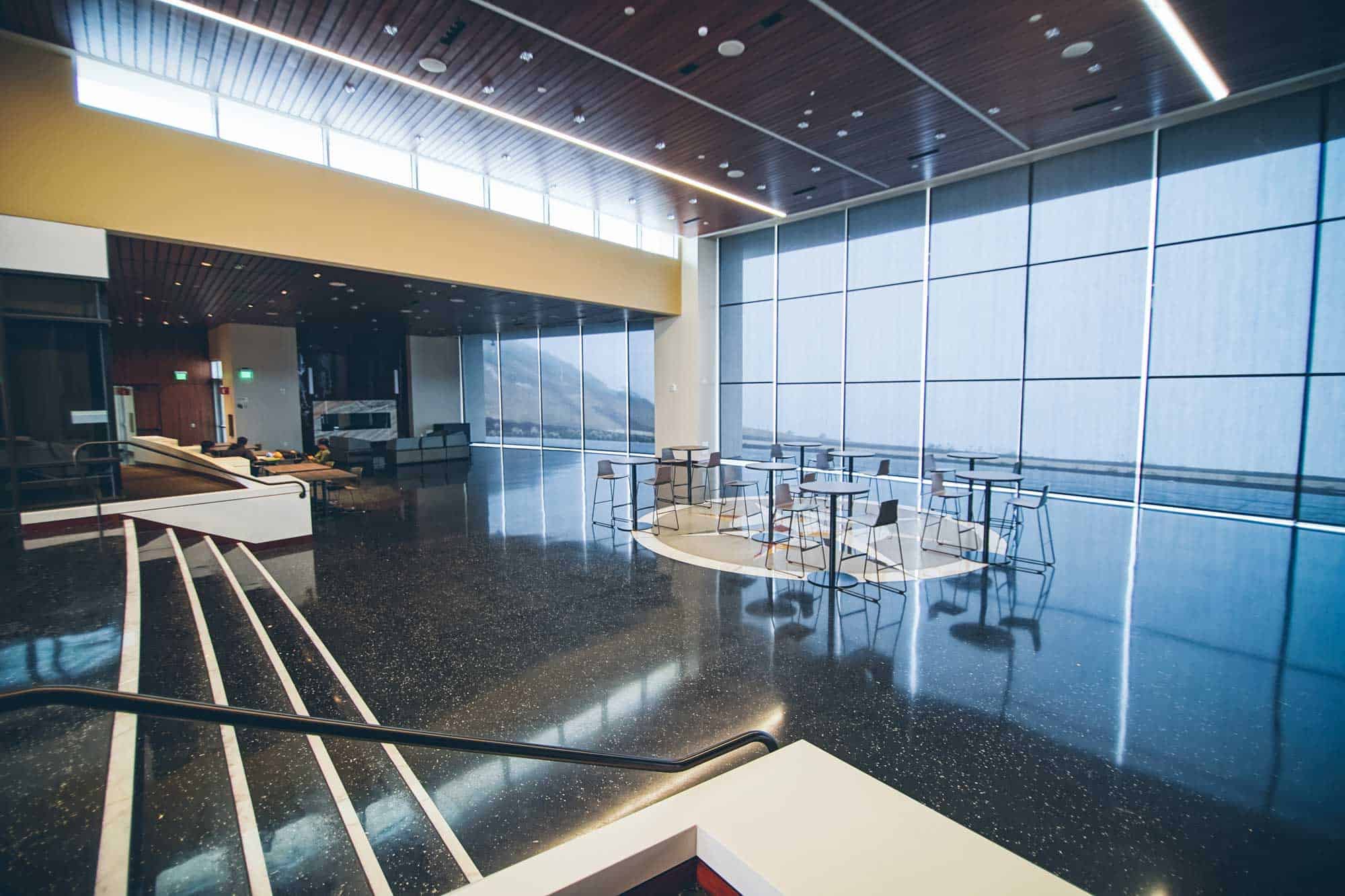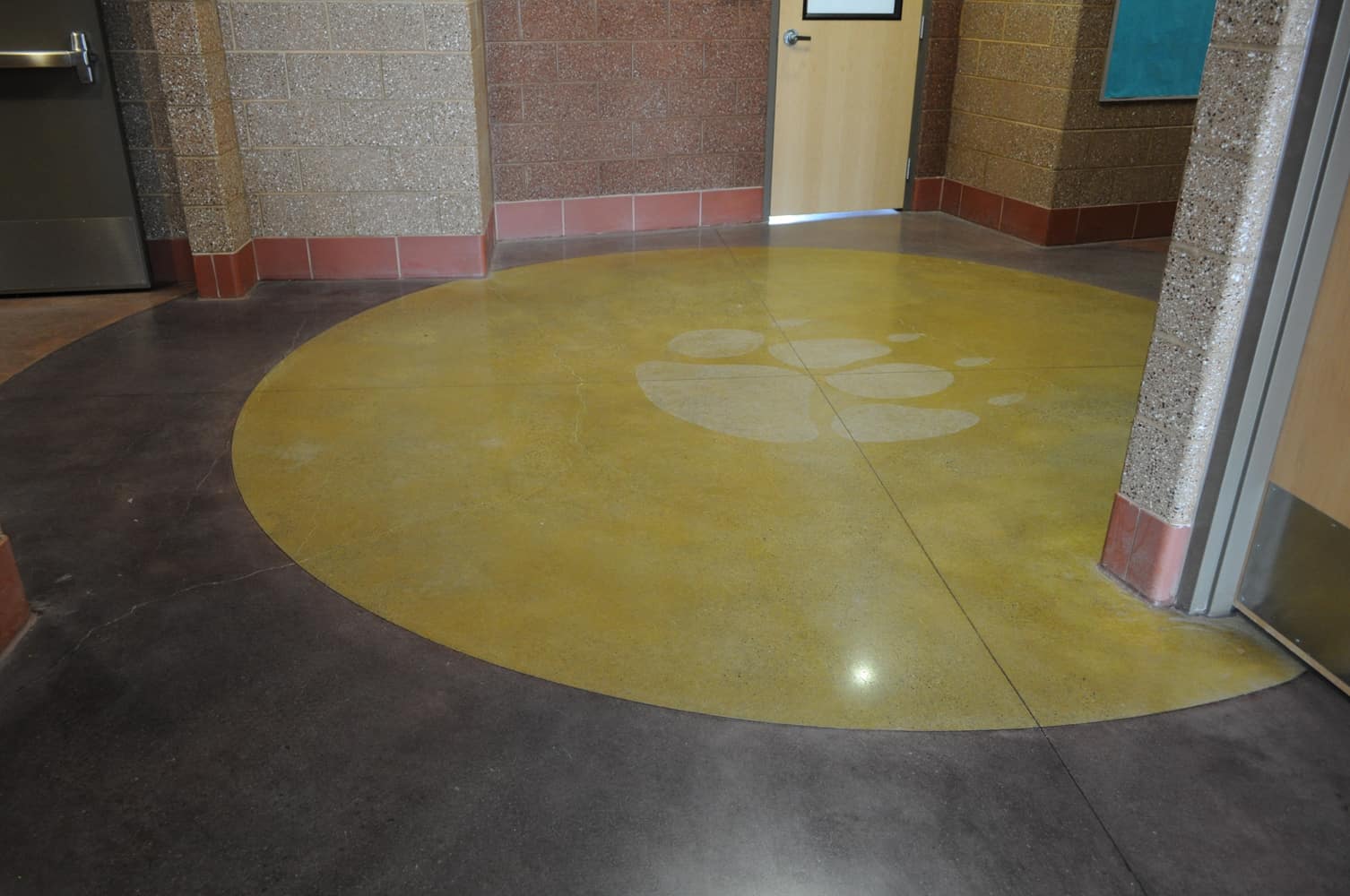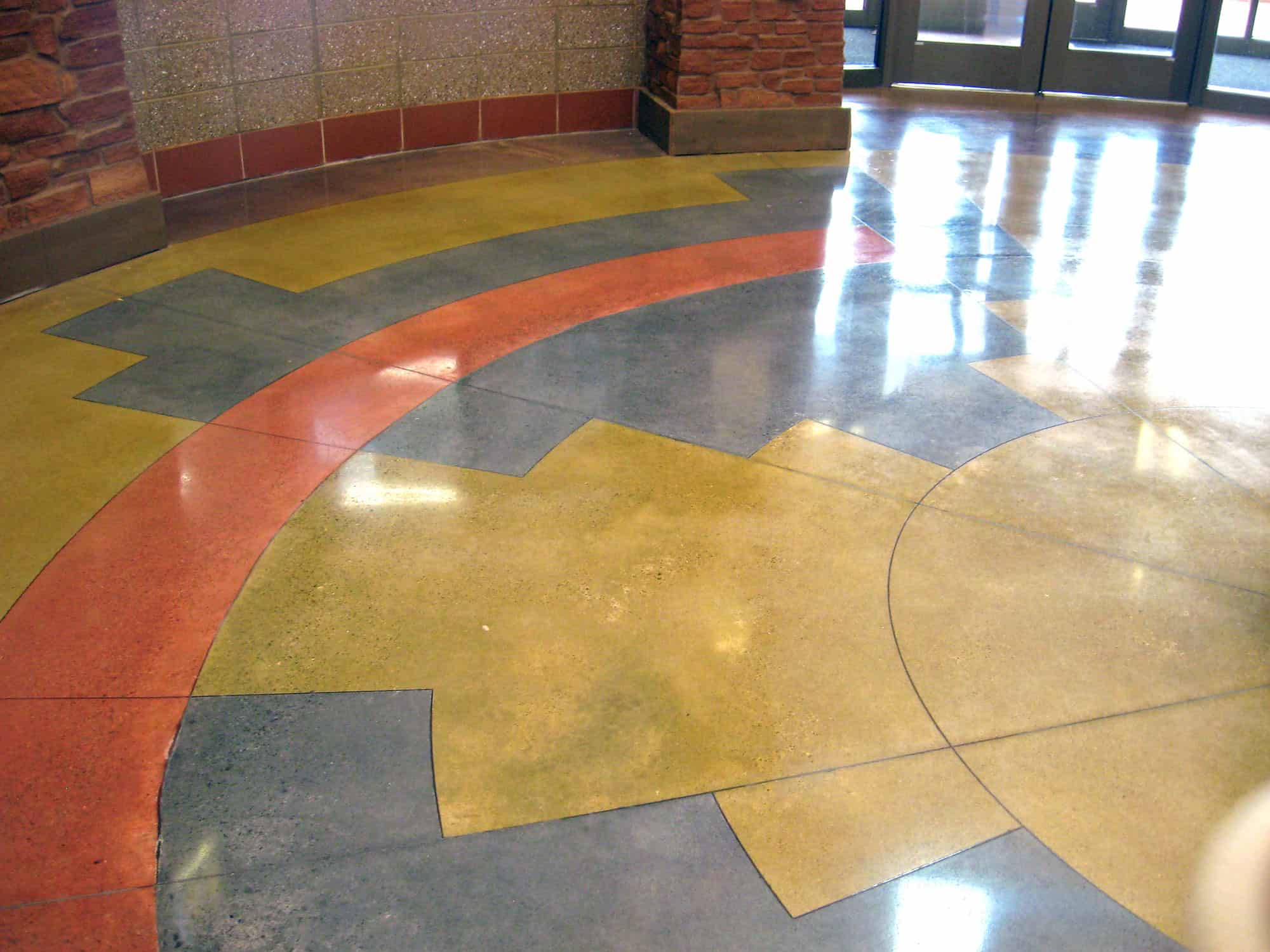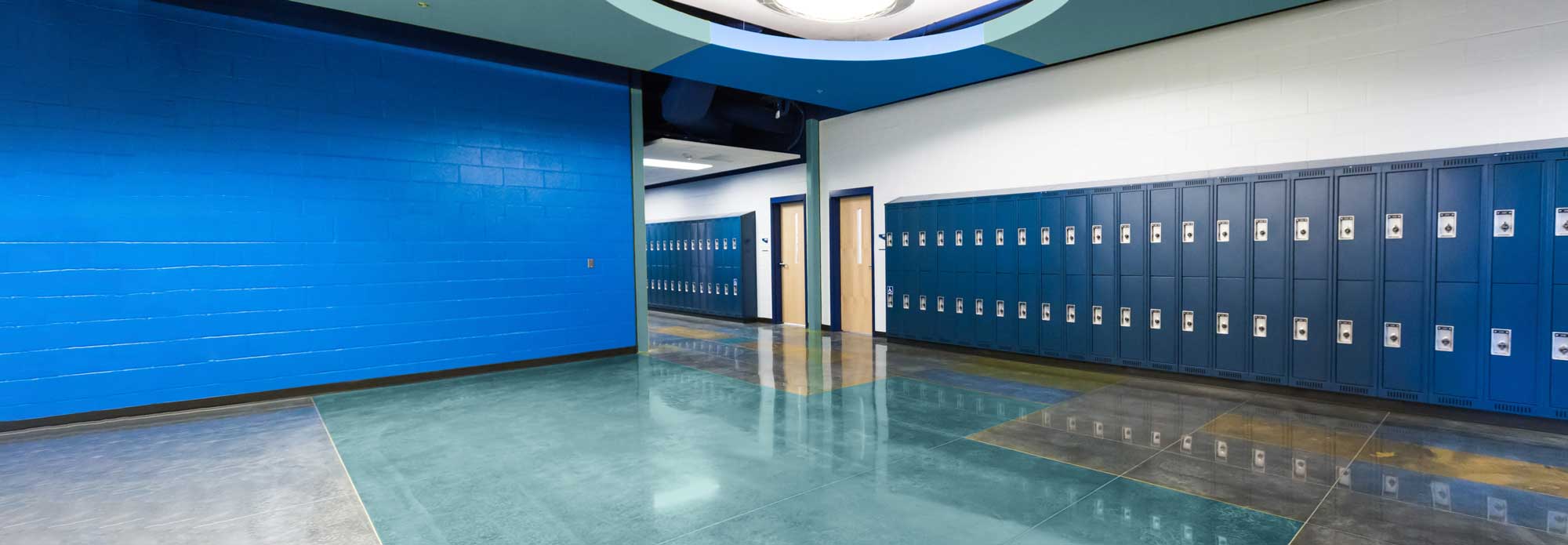Concrete floors in commercial spaces carry the load of daily operations, not just foot traffic. The way they’re finished impacts durability, cleaning cycles, and how a space performs over time. Choosing the right concrete floor finishes will support both the visual goals and the functional demands of the interior.
Concrete Floor Systems That Meet Commercial Design and Performance Demands
Commercial floors serve more than a structural function—they’re exposed, trafficked, and expected to perform daily without failure. The right concrete floor finishes contribute to durability, visual consistency, and ease of maintenance across diverse environments. PROSOCO’s commercial flooring line supports a wide range of interior applications, from color control to abrasion resistance.

1. Polished Concrete Finishes for High-Use Interiors
Refined by mechanical grinding, polished concrete delivers a dense, light-reflective surface that resists wear and holds up under constant use. When lithium-silicate densifiers are added to the process, the floor gains extra hardness and resistance to staining. The result is a durable, low-maintenance system that reduces operational costs across a building’s lifecycle.
This approach is especially common in tech campuses, hospitals, and showrooms where long-term aesthetics matter as much as durability. PROSOCO’s power-trowel polishing video demonstrates how efficiency and surface refinement can be achieved without sacrificing quality. These concrete floor finishes offer unmatched longevity in large-scale commercial settings.

2. Stained Concrete for Color Depth and Visual Texture
Stained concrete brings tonal richness and layered visual appeal to interior slabs. These reactive finishes work by chemically altering the concrete surface to produce natural, variegated effects that deepen over time. Unlike surface coatings, stains become part of the floor itself, allowing color without sealing off breathability.
This method is ideal for lobbies, museums, and hospitality interiors where ambiance and material honesty are priorities. PROSOCO’s concrete staining guide walks through the key steps for achieving strong, lasting results. For designers and specifiers looking for warmth and nuance, stained concrete applications offer both versatility and permanence.

3. Graphic-Integrated Concrete Designs with Architectural Branding
Some projects call for floors that communicate more than function—they convey identity. Using dyes, engravings, or stencil overlays, facilities can embed logos, mascots, or graphic patterns directly into the slab. These applications go beyond decoration; they serve as wayfinding tools and reinforce brand presence throughout a space.
Educational institutions, government buildings, and athletic facilities frequently use this technique to create continuity between the floor and the building’s broader visual language. These treatments combine colorfastness and visual definition in one application. As part of a broader branding strategy, these finishes elevate what would otherwise be a neutral background.
4. Polished Concrete Maintenance Strategies for Longevity
Maintaining polished surfaces in high-traffic environments requires a consistent, tailored approach. Even the most durable systems will dull if not cleaned properly. Using automatic scrubbers with pH-neutral cleaners and diamond-impregnated pads helps preserve reflectivity without scratching the finish.
Facilities managers often schedule weekly or daily polishing cycles based on use patterns and seasonal variables. PROSOCO’s maintenance products work seamlessly with their polishing systems to support long-term care. As part of a complete lifecycle plan, these techniques ensure concrete floor finishes deliver consistent results over time.

5. Dye and Polish Combinations for Institutional Interiors
Where color needs to be bold and performance is non-negotiable, dye and polish systems offer a clean solution. This hybrid method blends surface color integration with mechanical refinement, producing vivid, scuff-resistant slabs that remain easy to maintain. Schools, rec centers, and universities often choose these for their consistent appearance and durability across multiple locations.
From corridors to shared spaces, the clarity of the polish helps promote cleanliness and order, while the dye layer supports visual zoning and brand cohesion. These concrete floor finishes scale well across facilities where maintenance consistency is essential.
Integrative Floor Treatments for Flexible Commercial Interiors
Some interiors require more than surface aesthetics—they demand floor systems that adapt to changing usage, layout zones, and renovation cycles.
- For older slabs that don’t justify demolition, polymer-modified overlays provide a cost-effective way to create a clean, consistent surface ready for finishing. These layers accept polishing, staining, and sealing, allowing designers to match updated interiors without removing the existing structure.
- In multi-zone spaces like convention centers or civic buildings, the floor itself becomes part of the spatial strategy.
- Directional patterns, dye-infused sections, or varied surface textures can help define circulation routes or establish visual boundaries.
Rather than treat each area with the same finish, project teams often combine treatments to reflect function—creating slip-resistant surfaces in work zones or polished expanses in public areas. These tailored approaches make the most of performance-based materials without compromising design intent.
Select Durable Floor Finishes with PROSOCO for Commercial Interiors
Concrete floors in commercial environments must do more than hold up—they must elevate design, simplify maintenance, and support daily operations. PROSOCO offers a full line of surface treatments, stains, and sealers, tailored to every application. Contact us today for more information.
![]()